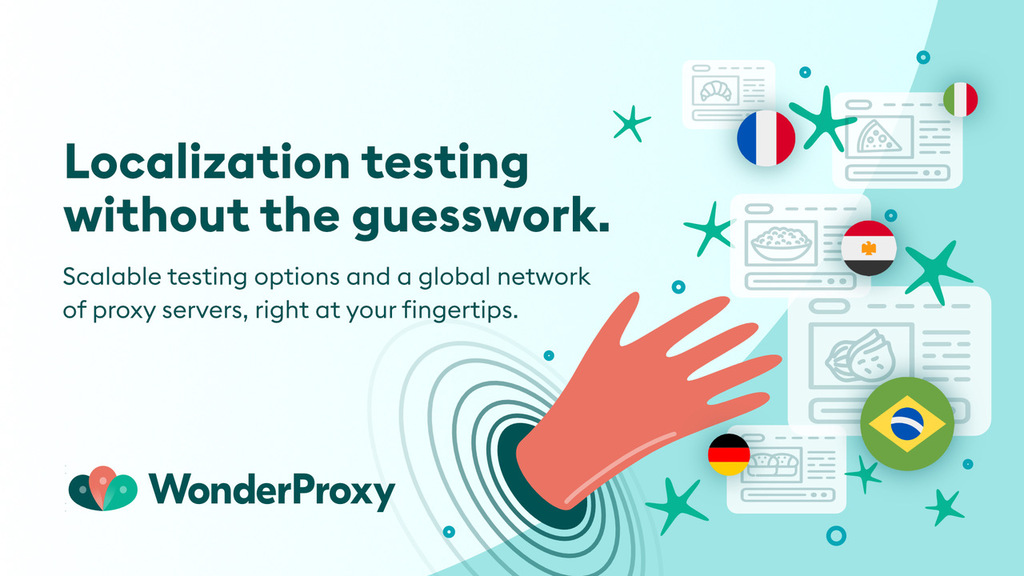A legacy application is a piece of software, often technically outdated, that's still in use and, in many cases, performing a crucial task for a business or company. The fact is, it may have been built when the internet was still new and working on dial-up (you may need to ask someone old like me about that reference). Or at least, when technology was a whole different beast. We're talking old code, old systems, stuff that the new startups would barely recognise.
So, why would companies keep them around? Simply because they still work. In most cases, they handle critical functions, process important data, and are either too costly or too complicated to easily replace. That said, these old systems come with their own set of baggage. Trying to keep them running can be like trying to fix a vintage car with modern tools. It's basically a big pain. Undocumented knowledge can be a significant risk. In the company, there might only be a few folks who even understand the original code, and finding someone new can be like searching for hen's teeth.
Old systems like these typically don't integrate well with new systems or components. They can be a security risk just waiting to happen, and trying to make them handle more traffic? Good luck. So, while they might be keeping the lights on, a legacy application is often a ticking time bomb of technical debt and risk. You're constantly weighing up whether to keep patching it, try to evolve it into something newer, or just bite the bullet and build something brand new. It's rarely an easy decision, but ignoring it? That could be asking for trouble down the line.
So, why would companies keep them around? Simply because they still work. In most cases, they handle critical functions, process important data, and are either too costly or too complicated to easily replace. That said, these old systems come with their own set of baggage. Trying to keep them running can be like trying to fix a vintage car with modern tools. It's basically a big pain. Undocumented knowledge can be a significant risk. In the company, there might only be a few folks who even understand the original code, and finding someone new can be like searching for hen's teeth.
Old systems like these typically don't integrate well with new systems or components. They can be a security risk just waiting to happen, and trying to make them handle more traffic? Good luck. So, while they might be keeping the lights on, a legacy application is often a ticking time bomb of technical debt and risk. You're constantly weighing up whether to keep patching it, try to evolve it into something newer, or just bite the bullet and build something brand new. It's rarely an easy decision, but ignoring it? That could be asking for trouble down the line.




